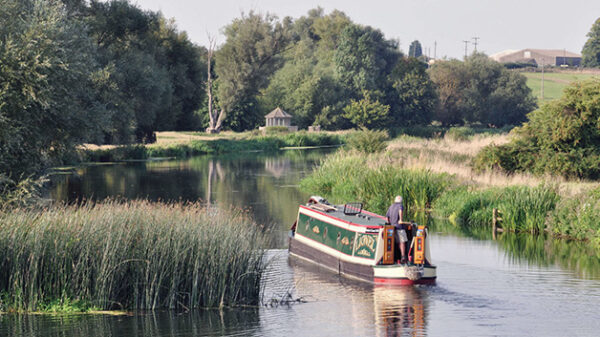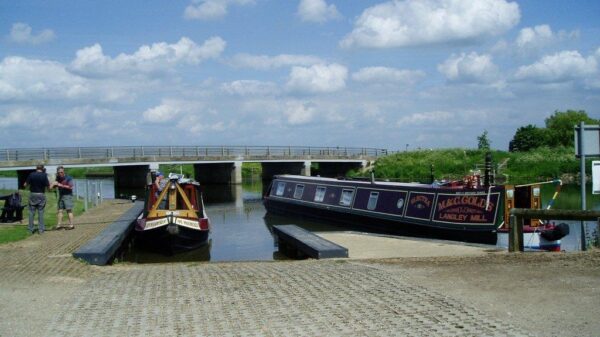Towpath
There is a towpath for the whole length of the navigable river Glen, and beyond Tongue End as far the A15 road bridge. The entire towpath forms part of the Macmillan Way, a continuous signed 290 miles (467 km) long-distance path running from Boston to Abbotsbury on the Dorset coast.




